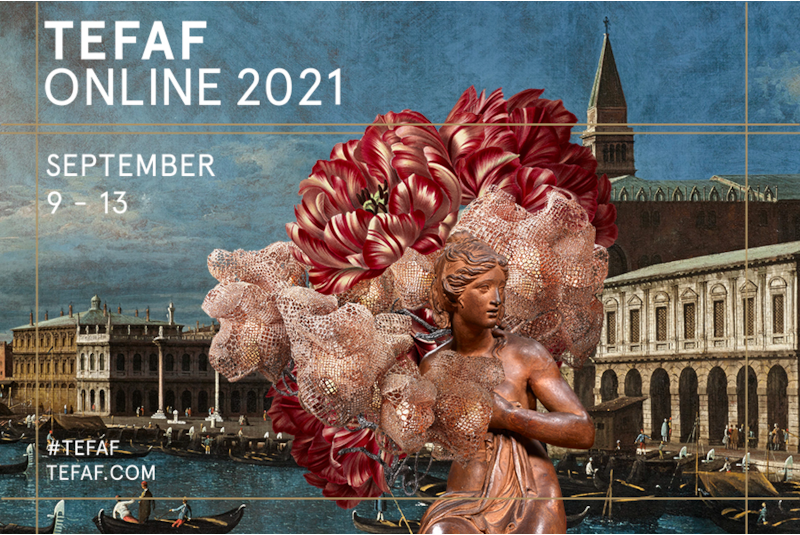TEFAF

TEFAF
Of all the visual arts, tapestry was considered the most important art form during the 15th and 16th century. Therefore, tapestries were listed first in royal inventories, before the paintings and the sculptures. For kings, princes and the great of the earth tapestries were the means par excellence to parade their power, their wealth and above all their great culture. No festivities, no ceremonies, no top-level meetings were staged without tapestries to dazzle their peers and create a sumptuous and refined space.
Since 1889 and for five generations now, our family - consisting of tapestry weavers, restorers, tapestry experts and dealers – carries on the tradition of the Flemish tapestry of which it is the heir today.
My ambition and that of my son Pierre is to preserve and develop this unique expertise and to continue to promote this art which brings warmth and well-being to our interiors, adding an incomparable accent of magnificence.
The three tapestries we have chosen illustrate marvellously the splendour of this art.

